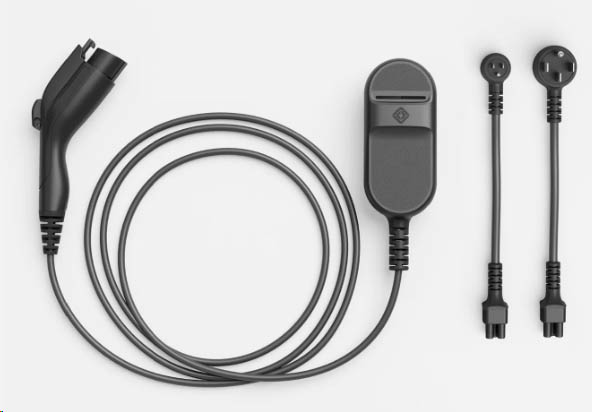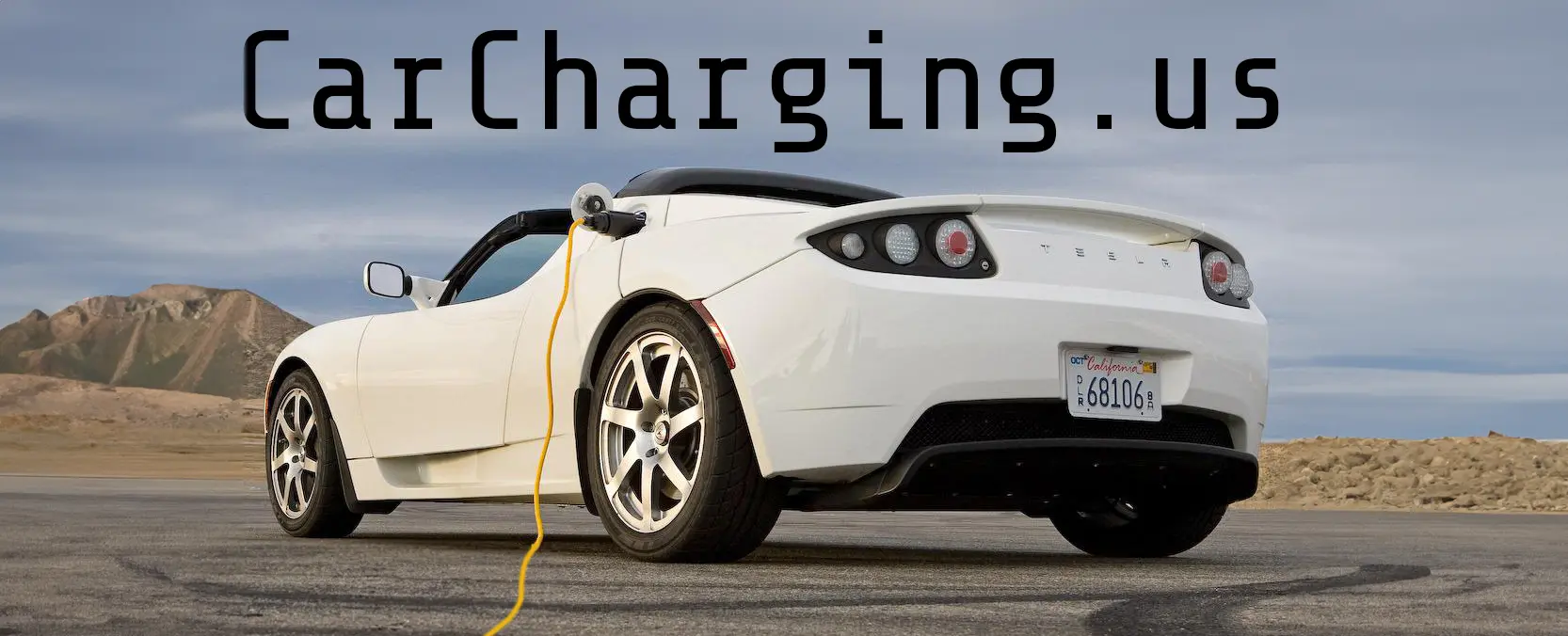Adapters for non-Tesla EVs
Charging from Tesla/NACS Plugs on AC
If you have a J1772 compatible EV, you can charge using a non-Supercharger Tesla/NACS plug with one of these adapters. For instance, these adapters would allow you to use the very capable Tesla Mobile Connector or charge at a Tesla destination charger:
- A2Z 80A Tesla to J1772 Adapter
- Lectron 48A Tesla to J1772 Adapter
- Tesla Tap 80A (works well with Rivians)
- EVSEAdapters 40A Tesla to J1772 Adapter
If you have a Ford F150 Lightning or other vehicle that can charge at high amperages, you'll want to get an 80A capable adapter since there are a fair number of 80A Tesla destination chargers at hotels, and some people still have older Tesla Wall Connectors that can output 80A. Most other EVs can only charge at 48A from AC.
These adapters won't allow a non-Tesla to charge at a Supercharger station. They are meant for AC wall plug or Tesla destination charging only.
Charging from Tesla Superchargers
If you have a J1772/CSS charge port EV, you can charge at most Tesla Supercharger locations (see chart below) with the use of an adapter supplied by the manufacturer or purchased from a third party ( A2Z or Lectron). Newer non-Tesla EVs manufactured late 2025 onwards may have a native NACS charging port making them compatible with Tesla Superchargers without needing an adapter.
All non Tesla EVs can additionally charge at the "Magic Dock" enabled Tesla Superchargers or at third party CCS networks.
Here's a list of EV manufacturers and if/when they will get Supercharger access:
| Manufacturer | Have Supercharger Access |
|---|---|
| Ford | Now |
| General Motors | Now |
| Rivian | Now |
| Volvo/Polestar | Now |
| Nissan | Now |
| Mercedes-Benz | Now |
| Lucid | Now |
| Hyundai/Kia/Genesis | Now |
| Honda/Acura | Now |
| Porsche/Audi | Now |
| Jaguar Land Rover | Now |
| Toyota/Lexus | Now |
| Subaru | Now |
| Mazda | Now |
| Volkswagen | Dec 2025 |
| Stellantis/Jeep/Dodge | 1Q2026 |
| BMW/MINI/Rolls-Royce | Unknown |
All these Supercharger adapters have temperature sensors embedded within them for safety. If the temperature gets too high, they'll shut off. People have found that if they leave their adapter in their frunk, for instance, in 120F desert weather, the adapters won't work until they cool off. So pro tip: keep these adapters somewhere in the cabin so they will work when you need them.
Charging from Receptacles
Most EVs come with a manufacturer provided mobile EVSE and most of those come with a 120V household receptacle adapter and a 240V NEMA 14-50 receptacle adapter such as the Rivian mobile EVSE shown here:

If your mobile EVSE has a 240V option, you can buy "pigtail" adapters to allow you to plug into different receptacles (except for Ford Lighting owners). The pigtails have a NEMA 14-50 female receptacle and a male plug for the receptacle you want to adapt to. For instance, this could allow you to charge from a TT-30 "30A" receptacle at a campground, or from a dryer receptacle.
Note that your mobile EVSE and car will think it can draw 32A when using the EVSE's NEMA 14-50 adapter, so it is very important to use your EV's amperage setting function to dial down the amperage to the correct level when using pigtail adapters. Use this chart when using these pigtail adapters to keep to the "80% rule" to not overload the electrical circuit.
| Receptacle Type | Rated Output | Safe Charging Amps |
|---|---|---|
| NEMA 5-15 (household socket) |
15A | 12A |
| NEMA 5-20 (household socket) |
20A | 16A |
| NEMA 6-15 | 15A | 12A |
| NEMA 6-20 | 20A | 16A |
| NEMA 10-30 (dryer) |
30A | 24A |
| NEMA 14-30 (dryer) |
30A | 24A |
| TT-30 (travel trailer) |
30A | 24A |
| NEMA 6-30 |
30A | 24A |
| NEMA 14-50 (campground 50A) |
50A | 32A |
| NEMA 6-50 (welder) |
50A | 32A |
GM Adapters
If you have a GM EV, your included Mobile EVSE might be comptible with these swappable plug adapters available from GM.
Buying Pigtail Adapters
There are some on-line stores that make and sell these kinds of adapters for EVs:
And you can make your own pigtail adapters as well. Information here.
